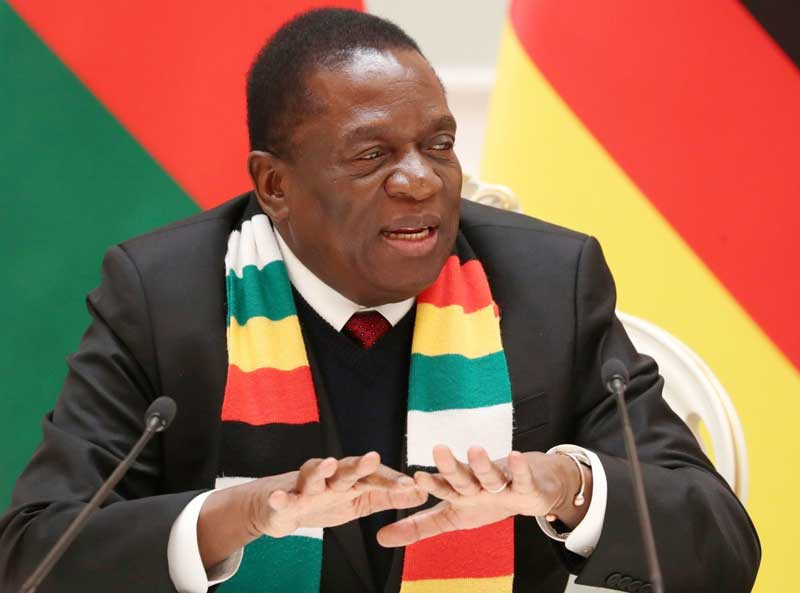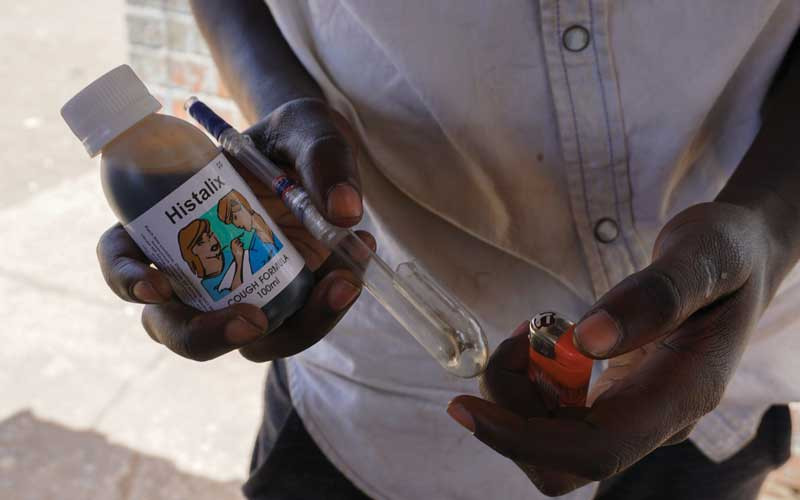
By Thandekile Moyo
The International Day in Support of Victims of Torture was June 26. Unfortunately, Zimbabwe remains one of a handful of countries in the world which has not ratified the UN Convention against Torture and Other Cruel, Inhuman or Degrading Treatment or Punishment.
In recent days, Obert Gutu, recently appointed spokesperson of the National Peace and Reconciliation Commission (NPRC), made comments in which he trivialised the Gukurahundi genocide, calling it “a small, tiny fraction of the issues the NPRC faces”. Perhaps such contempt is not surprising: Gutu is a former MDC leader who has now joined Zanu PF.
I beg to differ.
When you ask a Zimbabwean where they come from, they are likely to refer to two places — where they live and their place of origin, their rural home. I live in Gwanda, a small town in Matabeleland South province. It is where I was born and bred.
But I come from a rural village in Kezi, Matobo district, also in Matabeleland South province. This is where my father was born and bred. This is where my grandparents live and where my ancestors’ graves lie. It is the place the Moyo family calls home, ekhaya.
It is also the place where the Zimbabwe National Army set up its largest concentration camp during the Gukurahundi genocide.
Bhalagwe
- Chamisa under fire over US$120K donation
- Mavhunga puts DeMbare into Chibuku quarterfinals
- Pension funds bet on Cabora Bassa oilfields
- Councils defy govt fire tender directive
Keep Reading
Bhalagwe itself is the name of the village where the concentration camp was set up. It is a dusty, undeveloped, unassuming, regular rural Matabeleland village. It is about 6km from Maphisa Growth Point. The camp is nestled in a valley-like set-up, surrounded by homes and huge mountains of rock known as amadwala (idwalas).
I have known Bhalagwe all my life, not as a concentration camp, but as a village close to ours. It upsets me to hear villagers say they could hear from their homes the screams as people were tortured. The camp was right in the “middle” of the village.
In one corner were graves, one of which had the words “mass grave” engraved into the concrete.
There is a hair-raising sense one gets the moment you get to the concentration camp. It is empty now, bare. The government razed all the structures in a bid to destroy evidence. But when I got there on May 26, it was like I had arrived at the scene of a horror movie. It was dead-quiet and eerie and I remember being gripped by a sense of fear, of loss, of being surrounded by death.
There is a section that is fenced off. When we got there it was guarded by uniformed policemen. I was told that that’s the section where the detainees were held.
My informant explained that at the time the concentration camp was operational, the Fifth Brigade soldiers would bury victims on-site, but after a while there was no more space for graves so they would transport bodies in trucks and throw them into disused mineshafts at Antelope Mine, a few kilometres from the camp.
It is alleged that every so often the government throws explosives into the mineshafts-turned mass graves in an effort to destroy evidence.
Effie Ncube, from Ibhetshu LikaZulu, the organisation that has been erecting memorial plaques for victims of Gukurahundi, told us how survivors explained how each day truckloads of dead bodies would be carted to Antelope Mine. He said people were taken to Bhalagwe to die. Some were tortured to death, others starved, women were gang-raped and many were executed.
One of my grandfathers (or great-uncle) was abducted and taken to Bhalagwe during Gukurahundi but managed to escape. It is a story that nobody in the family tells. They pretend it never happened. He was abducted as a young man and never had any children after Gukurahundi. He also had no teeth due to the torture he endured at Bhalagwe. He has since passed away.
Survivors explain how one of the torture methods of choice was beatings on genitalia. Men would have their manhood bound in rubber strips and beaten and women would have guns and all sorts of objects inserted into their privates. Respondents also say some men were given electric shocks to the privates.
I have no idea which of these methods were used on my great-uncle, but like many survivors of Bhalagwe, he was sterile. It is clear that the Gukurahundi genocide was designed to have devastating effects meant to last for generations. Not only did the Zimbabwean government kill people, literally culling Matabeleland populations, it also went out of its way to leave as many men and women of child-bearing age as possible, barren.
The methods of torture were so dehumanising that they caused great suffering and so much shame that many victims were forced into nudity, raped, forced felatio, impregnated, sterilised and other forms of sexual violence they are to this day unable to narrate. Families were destroyed as many marriages broke down after rape and when wives fell pregnant as a result.
The en-masse, premeditated and calculated emasculation of Matabeleland men is one of the most heinous crimes committed by the Fifth Brigade. Men in most of Zimbabwe’s cultures are considered to be protectors, providers and leaders of families and societies.
The Fifth Brigade publicly humiliated men in front of their wives and children by beating them up, forcing them to strip naked, forcing fathers to sleep with their children, or brothers to have sex with their sisters. This “broke” many Ndebele men who were left feeling powerless and dominated even long after the genocide officially ended.
On May 25, I attended a memorial service organised by Ibhetshu LikaZulu. They had erected a plaque to replace the one that had been removed by suspected State agents in 2018.
On the new plaque were these words:
“In memory of tens of thousands of defenceless men, women and children who were thrown to death at the Antelope mine and other disused mines during the Gukurahundi genocide, those who lie in shallow graves, mass graves in Mat North, Mat South and the Midlands, including those that were abducted and forcibly disappeared. We also remember the school girls and mothers who were raped. The government of Zimbabwe is responsible for these heinous activities. You will always be remembered. We cry for justice.”
The members of the Bhalagwe community and their traditional leader, Chief Fuyane, expressed their gratitude to Ibhetshu LikaZulu for not tiring in their efforts to memorialise victims of Gukurahundi. Also present at the ceremony was Chief Mathema of Gwanda, Welshman Ncube, the vice-president of the MDC Alliance, Zimbabwe’s main opposition party, and Sibangilizwe Nkomo, son of the late Vice-President Joshua Nkomo.
There were three roadblocks on the way to Bhalagwe on May 25 and several clusters of police along the way. There was also a lorry full of police officers armed with assault rifles. At the last roadblock, they said no one was allowed to go beyond the police checkpoint. But Ibhetshu LikaZulu and the chiefs told them nothing was going to stop them from holding the memorial service.
The police wanted to take everyone to the police station, but the group said “over our dead bodies”! They said the only place we are going to is Bhalagwe.
There was a three-hour-plus impasse that involved heated exchanges and animated phone calls by police to God knows who, saying “varikuramba”, Shona for “they are resisting”. The police eventually let everyone through, but they attended the ceremony, or rather monitored it.
They stayed until the last person had left. The next morning, villagers informed Ibhetshu LikaZulu that the plaque had been stolen, forcing us to go back to Bhalagwe where, indeed, we found the wall destroyed and the plaque missing.
It was obvious to all that it could only have been the work of the police and Central Intelligence Organisation operatives. Inasmuch as it was to be expected, I was shocked they would so brazenly re-victimise the Bhalagwe community.
On the night of June 3, as I was preparing for a field trip to Silobela in the Midlands province, and reflecting upon some of my findings so far, I posted this tweet:
“As I document the intergenerational impact of #Gukurahundi,
I find myself peeling layer upon layer of an onion of pain,
The core,
Now seems like the periphery.
Feels like I’ve been looking at it upside down.
Those who died,
May actually be the survivors.”
- This article first appeared on Daily Maverick
- Thandekile Moyo is a writer and human rights defender from Zimbabwe. She writes here in her personal capacity.











